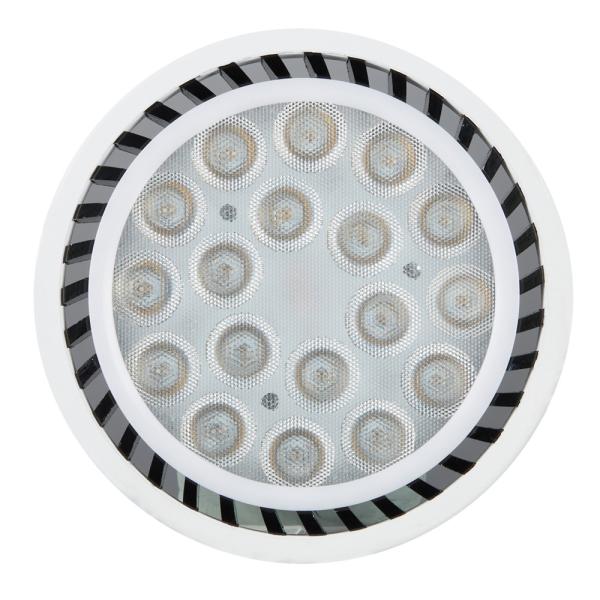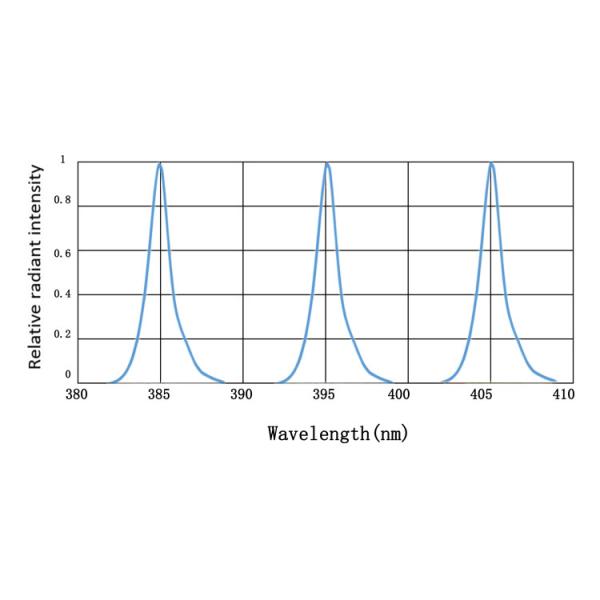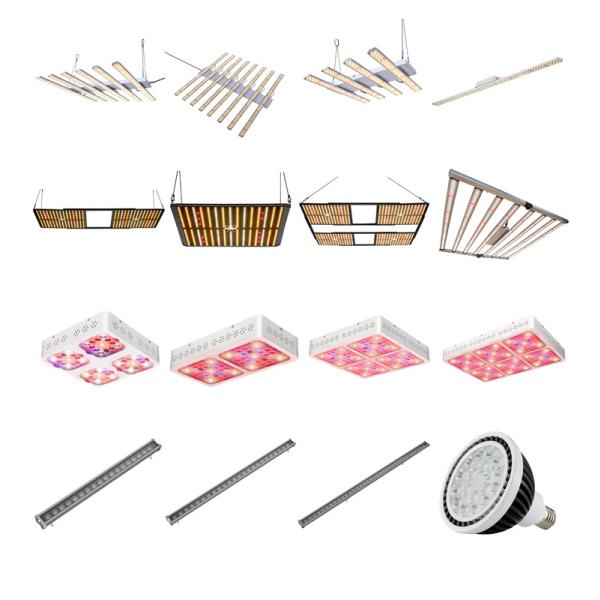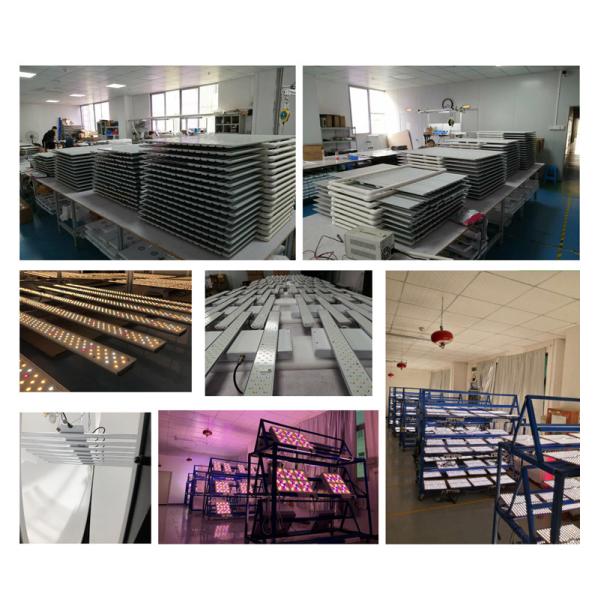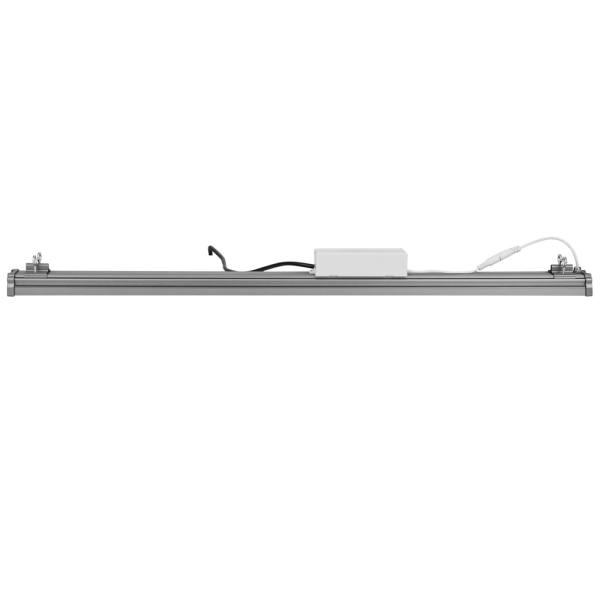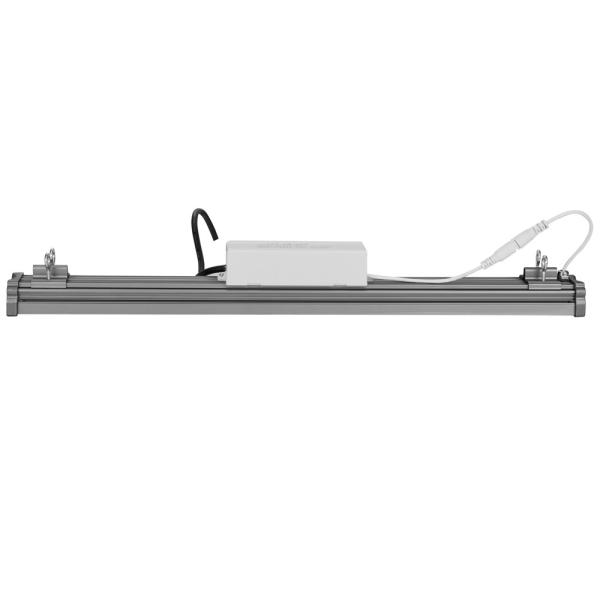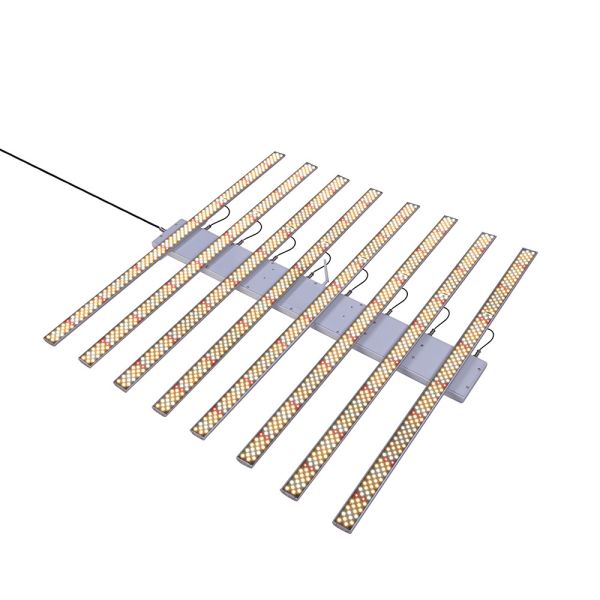| Model | UVBar120 | Model | UVBar90 |
| Power | 72W | Power | 48W |
| Radiometric | 40003.2 mW | Radiometric | 26668.8 mW |
| Spectrum | 385nm/395nm/405nm= 12:12:12 | Spectrum | 385nm/395nm/405nm= 8:8:8 |
| Size | 1100*49*65mm | Size | 850*49*65mm |
| Package | 117*44*10cm(4pcs/Carton) | Package | 92*35*10 (3pcs/carton) |
| G.W | 9.9 Kg(3pcs/Carton) | G.W | 6.4 Kg(2pcs/Carton) |
| Application | BLOOM | Application | BLOOM |
Apparel & Textile Machinery
(75900)
Building Material Machinery
(55852)
Cleaning Equipment
(104054)
Electronics Production Machinery
(39881)
Energy & Mineral Equipment
(127869)
Engineering & Construction Machinery
(401378)
Environmental Machinery
(35590)
Food & Beverage Machinery
(97353)
Industrial Compressors & Parts
(28499)
Industrial Robots
(3603)
Industry Laser Equipment
(44115)
Machine Tool Equipment
(129643)
Machinery Accessories
(202994)
Machinery Service
(996)
Metal & Metallurgy Machinery
(69132)
Packaging Machine
(102444)
Paper Production Machinery
(29371)
Language
Français
Русский язык
Español
日本語
Português

Show all machinery categories
Apparel & Textile Machinery
(75900)
Building Material Machinery
(55852)
Cleaning Equipment
(104054)
Electronics Production Machinery
(39881)
Energy & Mineral Equipment
(127869)
Engineering & Construction Machinery
(401378)
Environmental Machinery
(35590)
Food & Beverage Machinery
(97353)
Industrial Compressors & Parts
(28499)
Industrial Robots
(3603)
Industry Laser Equipment
(44115)
Machine Tool Equipment
(129643)
Machinery Accessories
(202994)
Machinery Service
(996)
Metal & Metallurgy Machinery
(69132)
Packaging Machine
(102444)
Paper Production Machinery
(29371)

